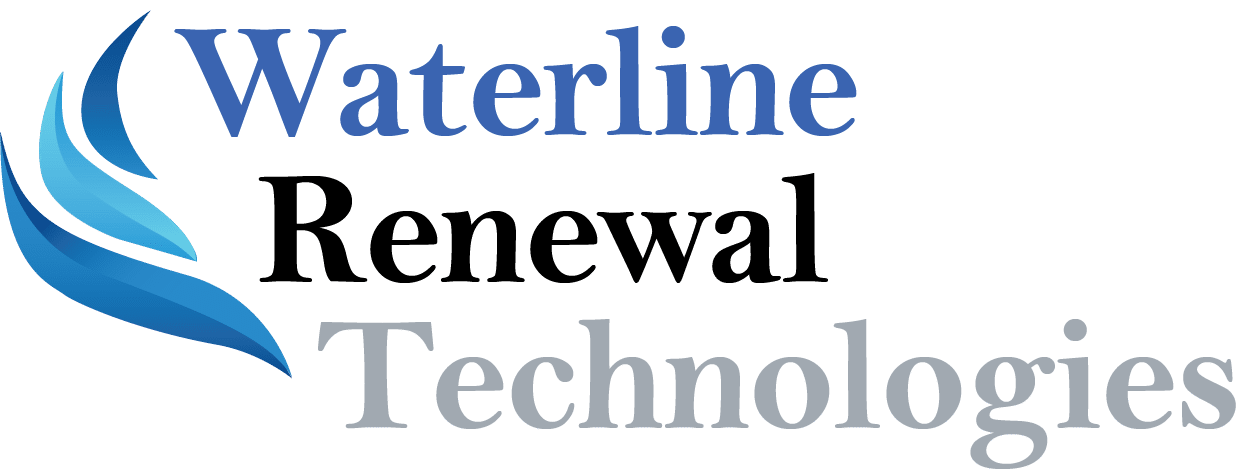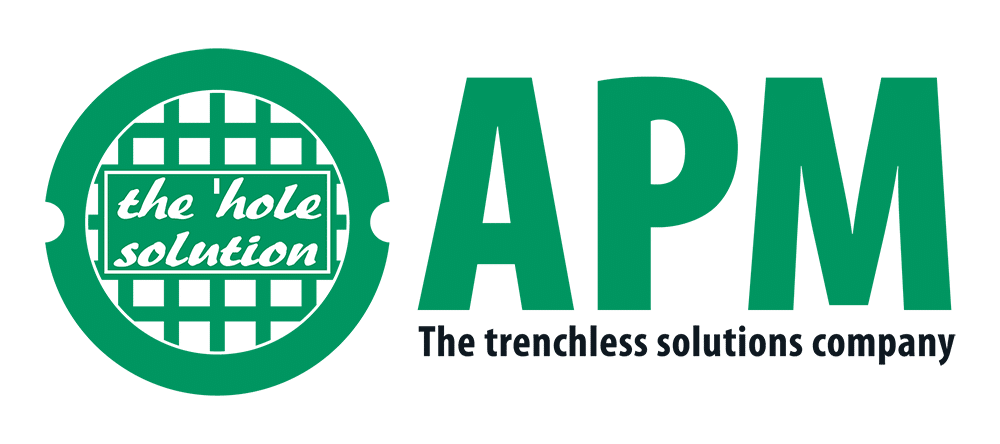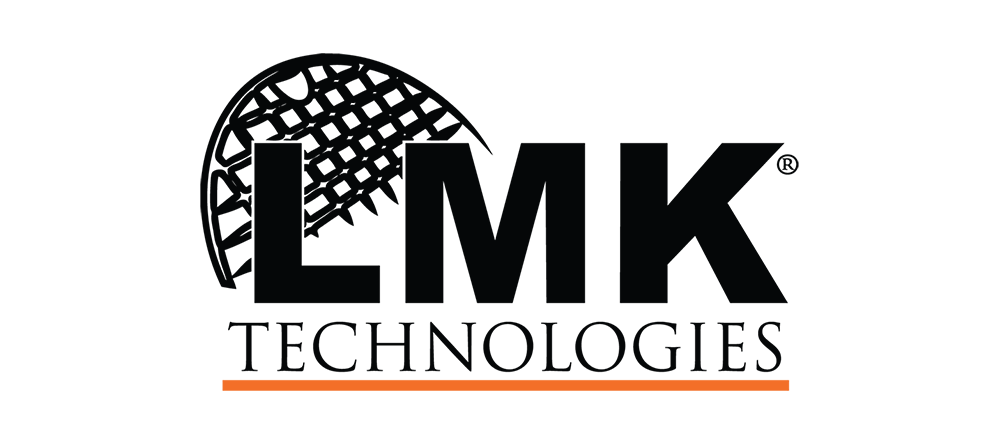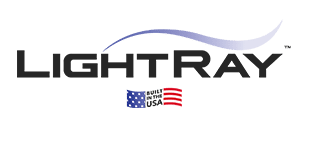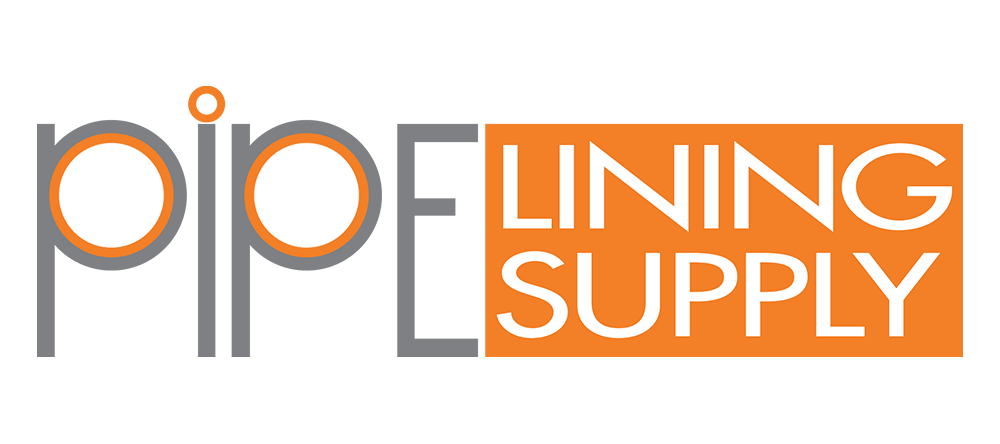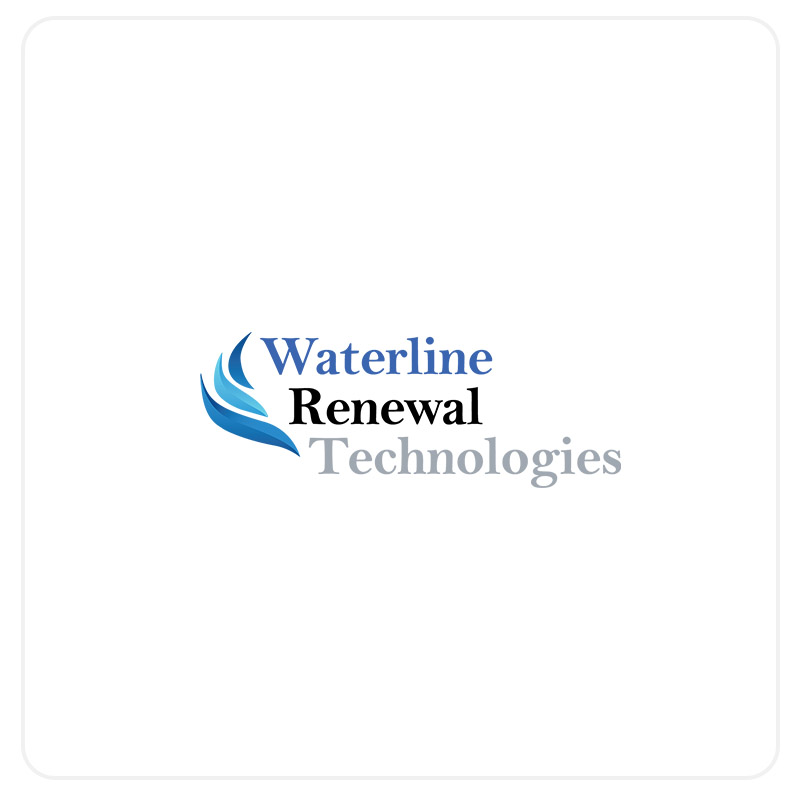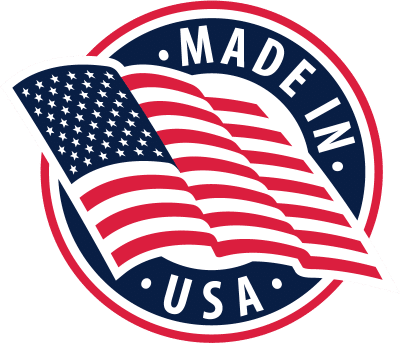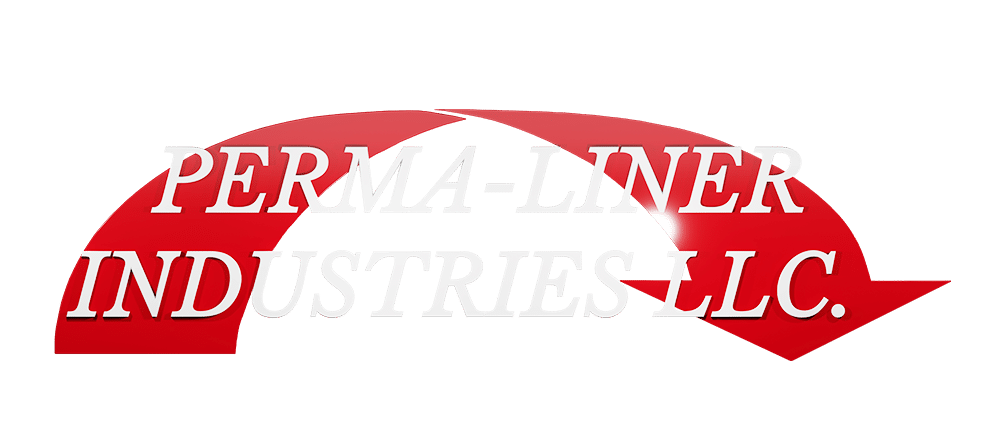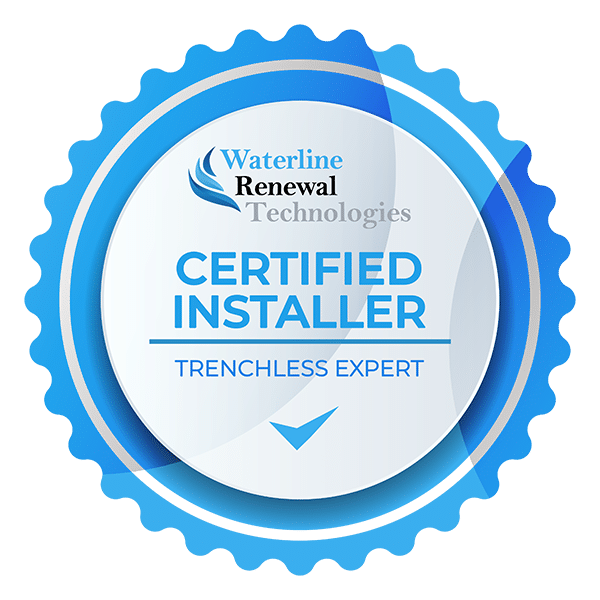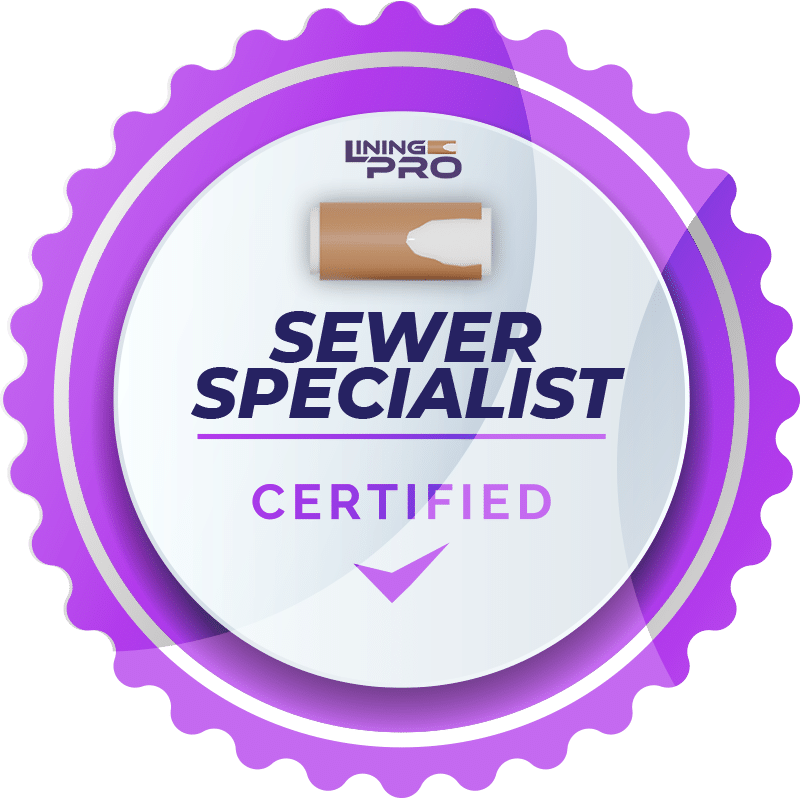PLI installers are constantly innovating. Recently, Halls Plumbing in the Sacramento, California
area used a variety of our products to rehabilitate the mainline of a 90-year-old home that was
blocked due to root intrusion. The problem was fixed in a day with a solution that saved the
homeowner thousands.
Owner Chris Reynolds is a new Perma-Liner installer, and he likes what he’s seen so far. “In our
area, we’re coming in with the Perma-Liner option that our competition just doesn’t have,” he
said. “Create that niche and be consistent to see how it creates a whole income flow.” In this
interview, Reynolds shares the details on this installation project, his advice for fellow CIPP
installers and his feedback on PLI products and service.
Date of Interview: 1/22/2021
Interview With: Chris Reynolds
Job Title: Owner
Name of Company: Halls Plumbing
# of Years as a PLI Customer: This is their first year as PLI installers
Name of People Performing the Install: Chris Reynolds, Joe Garin, Kevin Johnson and Ryan
England
Date of Install: 1/20/2021
Q: How long have you owned the company?
A: We (Chris and Jenn Reynolds) have owned the company for 5 years in June. I ran the
business for family friends 10 years prior to that. I’ve now been involved for 15 years, and when
I took it over there were 5 employees. Now, we have 16. We’re really expanding fast and
blessed to be able to do so!
Q: What were conditions like for your customer before you got the call for the job?
A: The homeowner for this job had a 90-year-old house that had clay terracotta pipe. They
were experiencing a mainline blockage, couldn’t flush the toilets and the toilets were flooding.
We got the line clear, figured out exactly what the problem was and gave the customer options
trying to save them the most money and do the best job we could. The majority of this run
went under the concrete driveway, and the last 5′ went under a large tree! The tree alone was
70′ tall, 3′ in diameter and right above the city-to-customer connection. Traditionally, the tree
would’ve come down and the sidewalk dug up. It would’ve cost him another $15-20 thousand,
minimum. There was massive root intrusion, so we used the Picote high-speed drain cleaning
equipment and cleared that out with a combo of that and our high-speed jetter downstream to
get all the separation exposed. Then, we went upstream with the chain to smooth out and
prepare to shoot the liner.
Q: What PLI products were used for the install?
A: Fully equipped 22′ Steam Trailer, Inverter, Stinger, Manifold, Diesel Compressor. We used 4″
scrim liner with a clear cal tube for both shots. Ambient- B cold and a resin steam shot- A resin
and B heat assist.
Q: How did you cure?
A: On this job, we did both ambient and steam curing.
Q: How long was the shot?
A: This job was a 61′ shot downstream, steam cured. Then, we did an upstream shot that was
20′ shot upstream. First, we ambient shot upstream and got that curing, and then we turned
around, regeared up to measure and shot the downstream shot and cured that.
Q: What type of resins were used?
A: A and B cold for the ambient shot upstream. A and B heat assist for the steam-cured shot
downstream.
Q: Can you provide an overview of the install?
A: We always excavate the access hole the day before or morning of before we get there, which
takes 2-3 hours until the pipe is descaled & derooted. For this job, it was done the day before.
On the day of the job, we arrived at 7:15 a.m. We warmed up the A resin on the seat in the
truck with the heater on for a little bit while we set up. We told the customer to not use water
and started taking measurements for the upstream and downstream shots. By 8 a.m.,
everything was measured and ready to rock-and-roll. By 8:30 a.m. we shot it upstream and got
the ambient holding pressure by 9 a.m., holding 10-12 psi where we wanted to. Then, we
switched focus to start saturating the steam shot since that has a lot of extra working time.
(Worth the extra money because it lets you have more control). We did that by 9:30-9:45 a.m.
Then, we shot and had that line processed and started steaming by 10:15-10:30 a.m. We had to
wait about 4.5 hours for ambient, and the steam shot we waited about an hour to an hour-anda-
half and let it cool down for time-and-a-half. Steam shot 3.5-4 hours, and we were done with
that portion by 1-2 p.m. and were just waiting on the ambient to finish cooling off. Everything
was cleaned up and hooked back up for the customer by 4:30 p.m. Part of the reason I ended
up spending the money on the trailer is the time savings this process allows. We also have a
crew that’s experienced with bursting start to finish. We were averaging about 45-50 manhours
total on those jobs, but now with Perma-Liner, we’re doing about 24-30 manhours on the job.
The amount of time saved pays for itself with the investment- 100% one of the biggest things I
found about Perma-Liner is that for every 80-100 hours in the field if you’re saving 10-15 hours
every time, between the cost savings for the labor and the inconveniences other methods
provide to the neighbors, it’s a no-brainer!
Q: How much time did the install take?
A: 7:15 a.m-4:30 p.m.
Q: How did PLI products help with the install?
A: I don’t have anything to compare to because I researched and determined Perma-Liner is the
best in the CIPP industry between the customer service, help and training. The scrim liner is the
best product on the market. The drum and the way everything is streamlined with the steam
equipment allows us to get the job done right and done faster. The Picote high-speed drain
cleaner really allows us to get through anything we need to. When Perma-Liner employee
Terrance Royals was there for onsite training, the city inspector said it was the best liner he’s
ever seen installed.
Q: Do you have any advice for a fellow installer or someone thinking about getting into the CIPP
industry?
A: Yes, I hope no one else in my area starts lining so I can keep doing all the work myself,
though! We live near Sacramento where there are a lot of smaller companies that don’t see this
solution yet. With this technology, we’re concerned with getting the customer their best option
first. I’d recommend investing in this additional option to offer your customers that can save
them time, headaches and money while allowing you to do a professional installation at a
fraction of the cost. Training and the crew you have is very important. The materials and
systems work, it’s been proven, but if the people that’re doing it don’t pay attention, it can go
bad quickly. When everything is working and you’ve got a trained crew, there are so many
possibilities for your business. We’re shooting lines at homes, for commercial properties under
buildings and parking lots, 70-80′ shots that just couldn’t happen with traditional methods. Do
your research and find out about your options and about the features and benefits that Perma-
Liner can offer you. If you have a market for it in your area, pull the trigger as long as your crew
is confident and willing to do the work. In our area, we’re coming in with the Perma-Liner
option that our competition just doesn’t have. Create that niche and be consistent to see how it
creates a whole income flow. Even just the descaling from the high-speed Picote drain cleaning
is an additional revenue stream that’s not tapped into. Really, like fishing in a barrel!
Q: I know you’re in your first year as a customer. We thank you for your business and your time
today. One last question, is there anything you’d like from Perma-Liner that we don’t currently
offer?
A: We’re pretty pumped up. We just bought our trailer during the pandemic. I know Waterline
Renewal Technologies is working on updating all best practices, so I’m really excited for that
and to see how these two brands (PLI and LMK) come together with the patents and
technologies. I’m really excited about the UV — I know it’s currently for short distance runs but
it cures in about 5 minutes! That will definitely pay for itself in a few jobs and going to be an
absolute game-changer. I wish PLI would switch to the LMKS version of the steam drum
because the steam port is on the drum and not the head, so the hose doesn’t need to be
messed around the hole since it’s attached directly to the drum.
